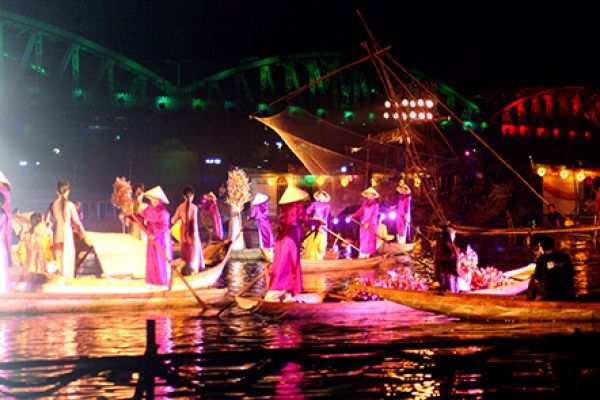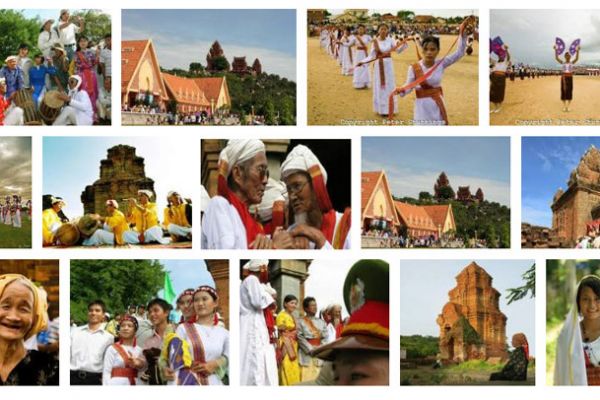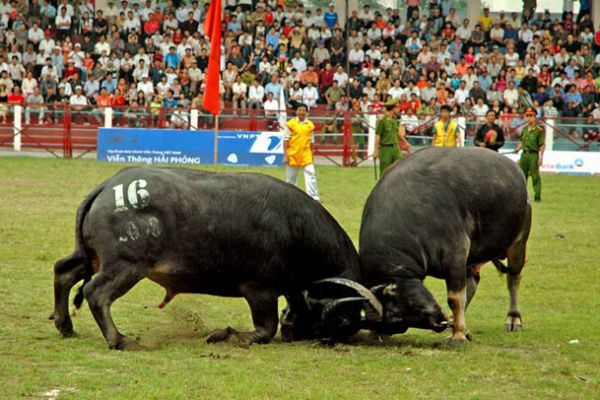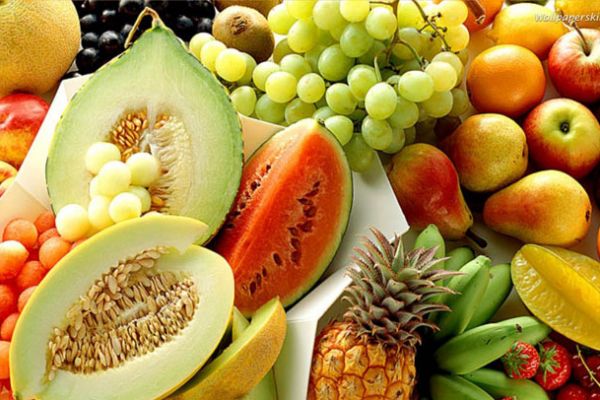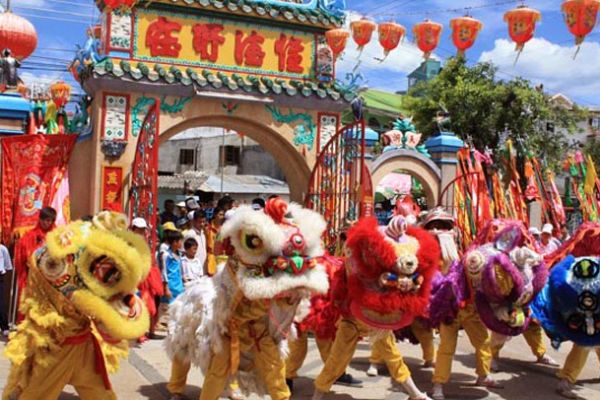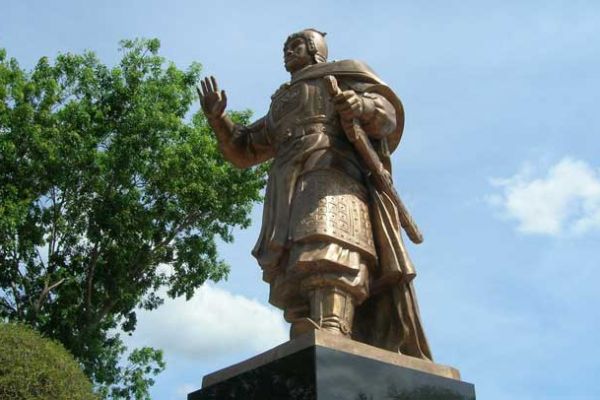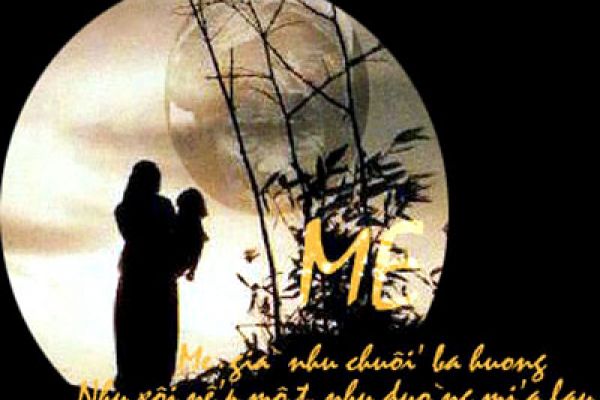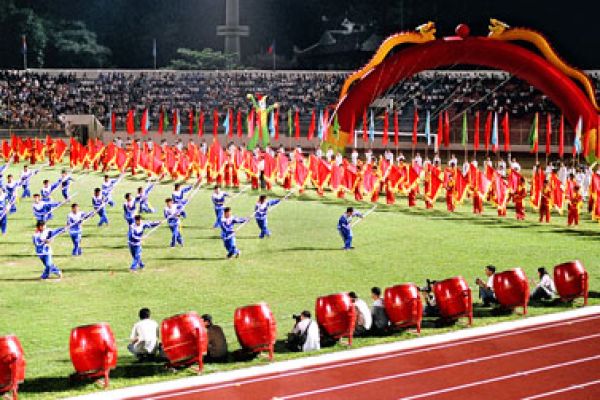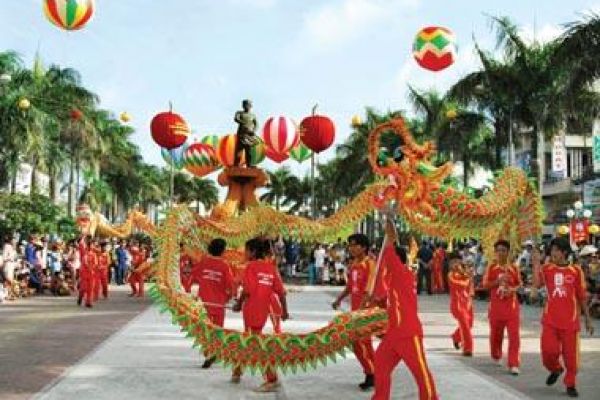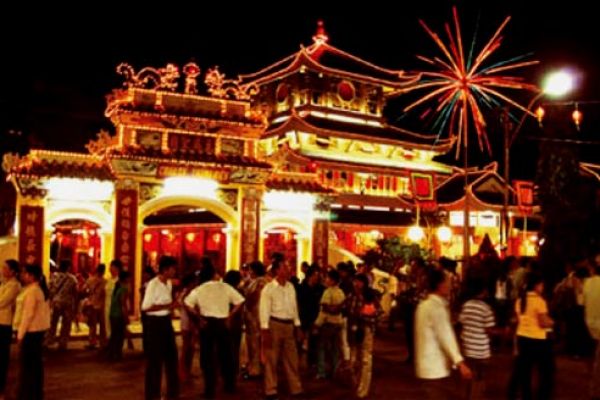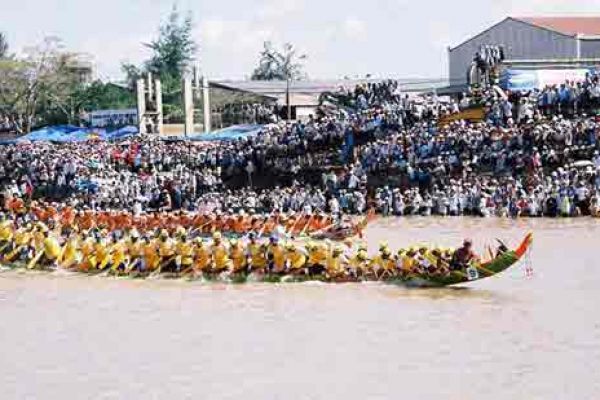
The festival is organized in commemoration of the parents, the missing relatives and to wish good to the alive ones. During the three feastdays, the activity of religion, belief, customs take place alternatively to express the specific culture of Khmers in the South.
The first day, each family tidies up the house, cleans and decorates the furnace bridge magnificently. Afterwards, four rice bowls are prepared on the table, fire lit and all the family celebrates the ceremony. Each one prays and pours tea to call missing close relatives to come to eat together. The first ceremony in the day is called the reception ceremony. In the afternoon, everyone washes to prepare and invite the ancestors to go with them to the pagoda to take part in the ceremonies. In the night, in the pagoda, people still organizes the festival with the participation of young couples who come to sing du-ke (traditional theatre of Khmers in the South), to dance Lâm thol...

The dance du-ke attracts much attention of the visitors
The second day, after one day and night in the pagoda, one invites the ancestors' soul back house to eat and have fun before returning to the pagoda at the end of the festival.
The last day, each family still prepares the meals and the fruits like the first day to worship the ancestors and to say goodbye to them. Thus, this ceremony is called the farewell ceremony. Once the rites finished, the Dolta festival is also terminated. The festival is a characteristic which Khmers in the South contribute to the diversity, eminence of the Vietnamese culture. Once come to the festival of Khmers in the South, the visitors will understand better the people of this region as well as the influences of agriculture on their life.
Thúy Vi (Synthesis)

